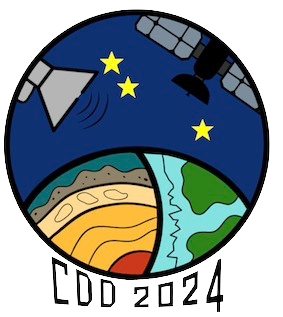Orateur
Description
A recent estimation of inorganic nanophase global fluxes across the critical zone indicates that the vast majority of these compounds originate naturally, and are comprised of clays and oxides released from soil [1]. Most of these natural nanophases are carried by rivers, with clays alone accounting for an estimated flux of 103 to 104 Tg per year. Though metal oxide nanophases are less abundant, they play a crucial biogeochemical role, particularly at continental margins. However, the formation and fate of these nanophases are still poorly understood. To gain insight, we take advantage of the unique capabilities of the Landscape Evolution Observatory (LEO) replicate mesoscale hillslopes in Tucson, Arizona, USA to unveil the mechanisms leading to the production of nanophases during soil formation.
The LEO facility consists of three constructed hillslopes, each measuring 30m in length, 10° in slope and covered with 1 m of crushed basalt. This exceptional instrumentation enables us to collect soil and effluent solutions at high frequencies, under a precisely regulated yet temporally variable hydrological irrigation regime, using a complex, field-derived mineral assemblage subjected to weathering under controlled conditions. Effluent samples are analyzed using ICP-ToF-MS in single particle mode. This approach allows us to characterize the nanophases by identifying their multi- and single-element composition, concentration, and mass distribution.

